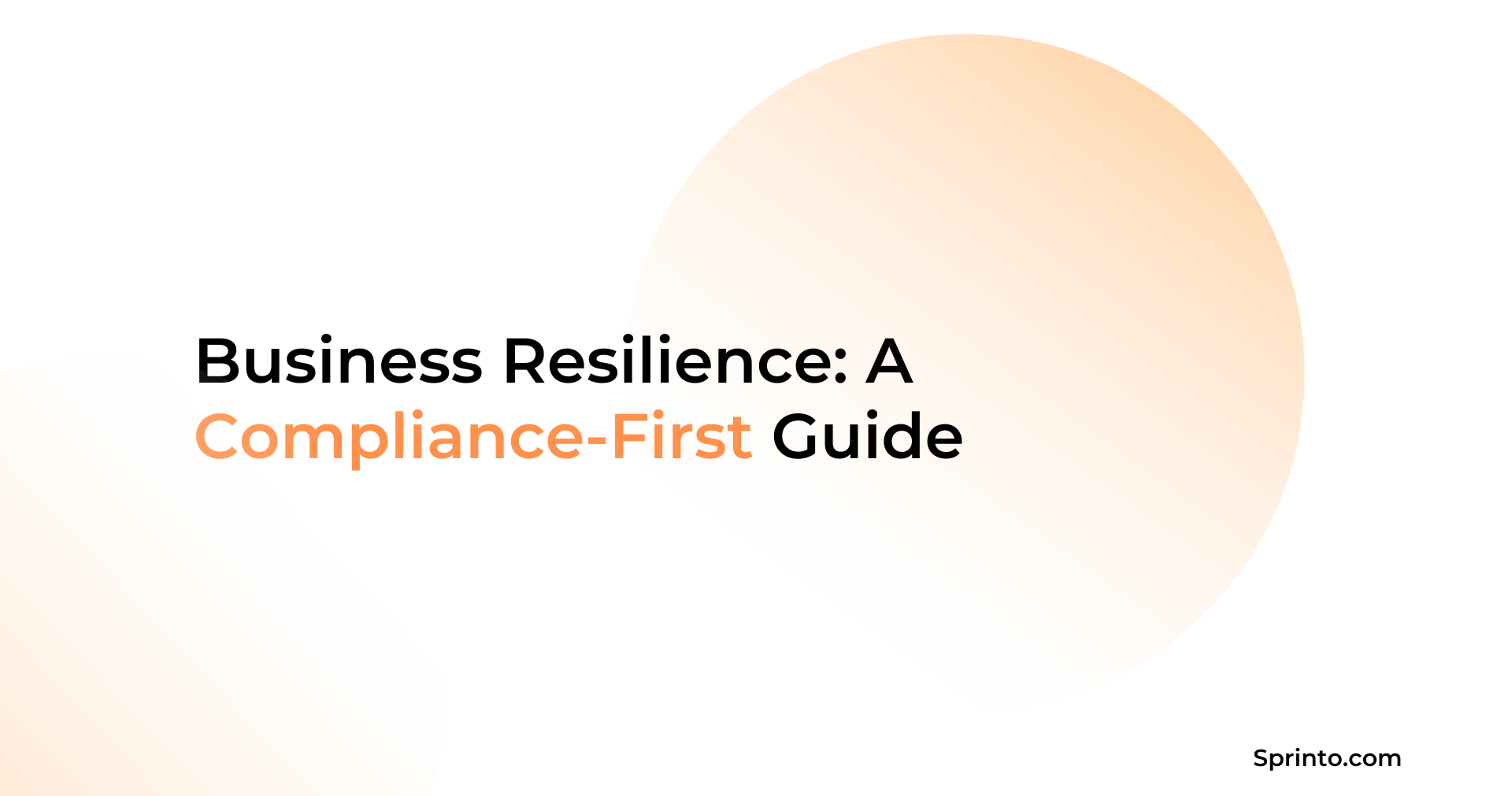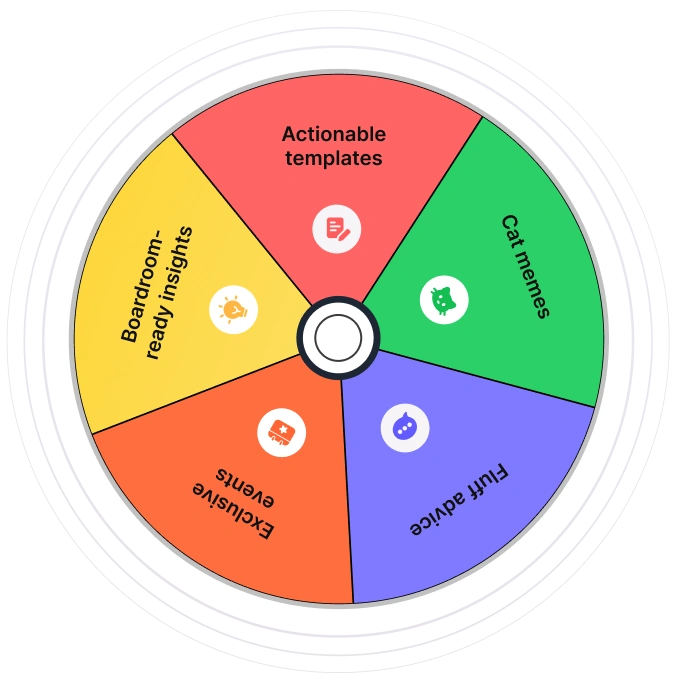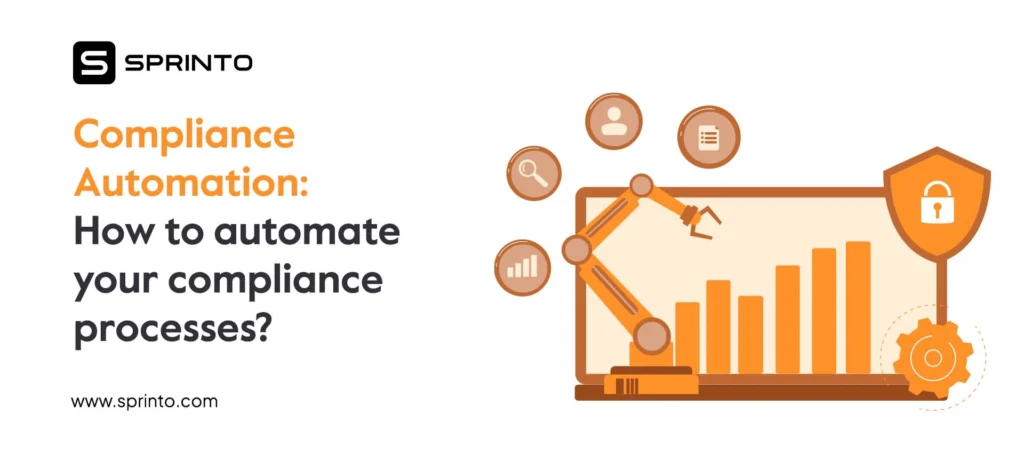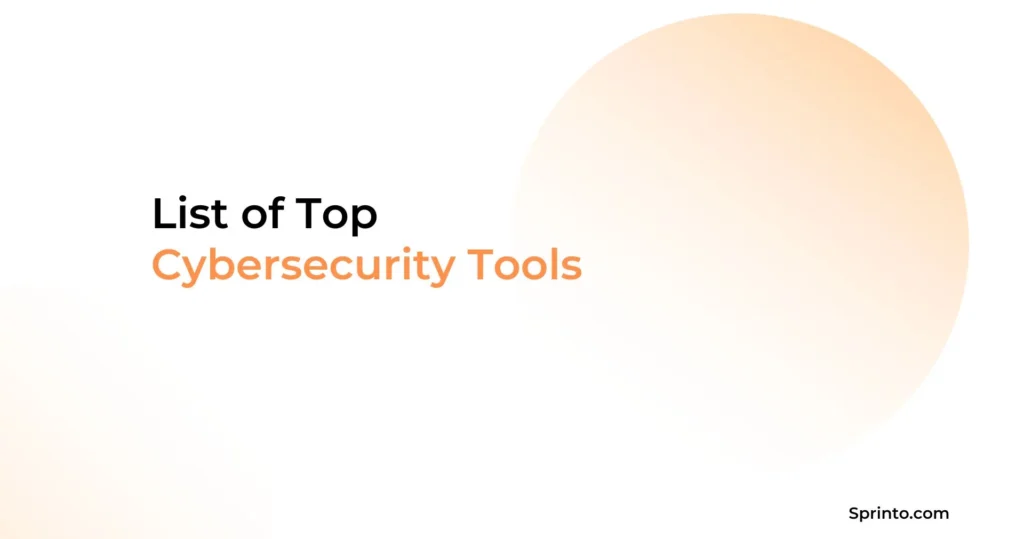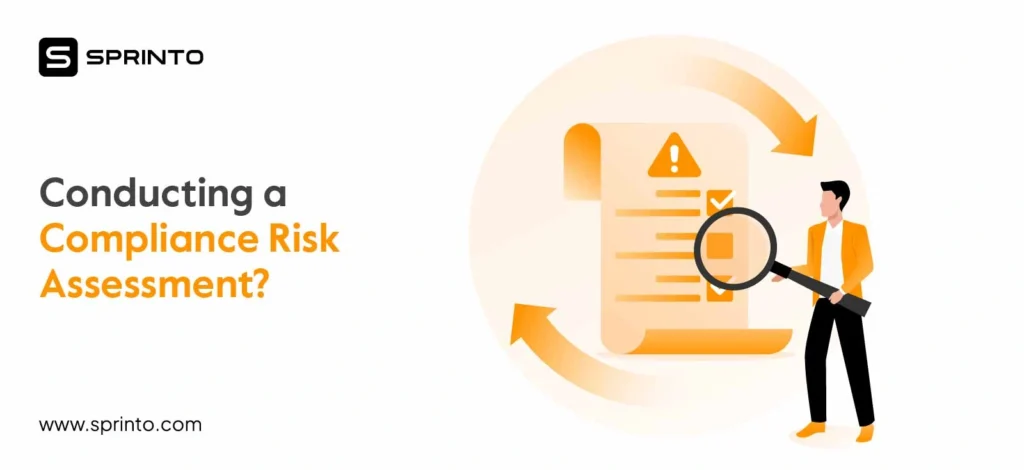Speak to most businesses about resilience, and you’ll hear them talk about backup systems, business continuity, or even disaster recovery. That would’ve been fine—if it were 2015. But a decade later, resilience is more relevant than ever.
Resilience is about how fast you can adjust to a regulatory curveball or ensure a vendor outage that threatens to halt your delivery pipeline. It’s knowing if your internal controls will hold when the pressure shows up unannounced.
We’ve seen it play out. A compliance audit exposes process gaps no one was able to catch. A new compliance requirement goes live and it hasn’t been incorporated. While some companies scramble, others stay upright. What separates them isn’t size, it’s preparedness wired into daily operations, and structured preparedness is everything.
In this article, we examine what business resilience will mean in 2025, where compliance fits in, and how companies can use it as a lever rather than just a safety net.
| Resilience is showing up in audit results now. You’re expected to prove it, not just plan for it. |
| The fastest path: wire resilience into how compliance works—monitor controls, automate risk tracking, keep the audit trail live. |
| Companies that operate this way have faster disaster recovery. Especially when the disruption involves regulators. |
What is business resilience?
Business resilience is an organization’s ability to adapt quickly, absorb disruption, and maintain performance under stress while continuing to meet compliance, customer, and delivery expectations. It shows up in how teams handle outages, regulatory shifts, or vendor disruptions—situations that test whether systems bend or break.
Even regulators now expect proof that resilience is built into how you operate through documented controls, tested fallback procedures, and the ability to maintain compliance during disruption.
Why is business resilience important?
Business resilience is important because it reduces the impact of disruptions and helps teams bounce back without losing control of deadlines, customer commitments, or compliance tasks.
When resilience is built into everyday operations, teams recover faster, make better decisions under pressure, and avoid the scramble that usually follows an unexpected issue.
And when things slip, the consequences aren’t just operational—they show up in delayed audits, strained partner relationships, and work that takes twice as long to fix.
Benefits of business resilience
Resilience shows up in more than just crisis scenarios. It’s visible in the day-to-day—in how teams work, how handoffs happen, and how audits stay on track.
Here’s what a resilient organization looks like in practice:
Fewer interruptions to critical work
Resilient systems are designed so that critical operations don’t grind to a halt when disruptions occur. Tasks continue to move forward because workflows are predefined, responsibilities are distributed, and work isn’t tied to a single point of failure. Whether a team member leaves, a system is down, or priorities shift, key initiatives stay on track without bottlenecks.
Compliance tasks stay on schedule
When compliance is embedded into day-to-day workflows, it doesn’t rely on memory or manual tracking. Tasks like evidence collection, control checks, and policy reviews progress automatically on a consistent, predictable schedule. This means deadlines aren’t missed, and compliance doesn’t slip through the cracks during busy or uncertain periods.
Incidents are handled faster
A resilient system includes clearly defined incident roles, escalation paths, and response playbooks. When something breaks, teams know exactly who is responsible and what to do, no time is wasted in confusion or coordination. That clarity translates into faster containment, less damage, and smoother recovery.
Audit prep is more stable
In a resilient setup, audit-related data is tracked and logged continuously and not backloaded into a last-minute scramble. As control gaps or policy violations arise, they’re documented and resolved in real time. When audit season arrives, you’re not preparing, you’re already ready.
Customers and partners see reliability
Operational consistency, especially during moments of change is a strong signal of reliability. When your organization can maintain performance and compliance through disruption, stakeholders take notice. Over time, this visible stability becomes a competitive edge that deepens trust and shortens sales cycles.
Decisions are made with context
Resilient organizations ensure that data, responsibilities, and compliance status are accessible even when things go sideways. This means decisions aren’t made in isolation or based on assumptions; they’re grounded in live, accurate context. The result is fewer missteps, better prioritization, and faster action under pressure.
How are business resilience and compliance related?
Business resilience and compliance strengthen each other. A strong compliance program brings structure to risk management through clearly defined roles, comprehensive control implementation, and documented processes. These elements make it easier to respond when things go wrong.
Similarly, resilience ensures compliance processes don’t fall apart during disruption. If a key person leaves or a system fails, resilience ensures that compliance responsibilities (like reviews, evidence collection, and control checks) continue without disruption.
Together, they reduce risk, prevent breakdowns, and help the organization keep pace with change.
Explore how Sprinto makes compliance systems resilient
Key components of business resilience
Resilience relies on more than good intentions. It’s built from clear systems, reliable processes, and well-defined responsibilities that hold up under stress.
Here are six key components that add structure to business resilience:
1. Clear ownership structures
When a system fails or a control breaks, someone has to respond.
That only happens smoothly if people already know what they’re on the hook for. Not just in a job description, but in day-to-day practice.
If your team needs a Slack thread to figure out who owns a failing check, the system’s already failed.
2. Transferable operational knowledge
Turnover is normal. But if your critical processes fall apart every time someone leaves or changes roles, that’s a design problem.
Documentation helps, but what really matters is whether the next person can pick it up and run without guessing.
3. Automated safety nets
Some tasks are boring. Others are easy to miss. That’s where automation pays off.
Not in eliminating people, but in backing them up—reminding, flagging, logging, closing loops. This is particularly helpful when pressure is high or teams are stretched thin.
4. Context-rich monitoring
Not every alert is helpful. In fact, most aren’t.
Resilient setups specify what matters—on time, with enough context for someone to act on it.
If a missed access review triggers a chain of pings and no one knows what to do with them, you’re not more resilient. You’re just flooded.
5. Operational fallbacks that work
It’s easy to write a fallback into a policy. Harder to make it actually usable.
The real test?
When something breaks, can the team switch paths without asking for permission, rewriting steps, or guessing who signs off?
If the answer is no, that backup isn’t real.
6. Failure-tested teams
No tool beats a team that’s seen things go sideways before. Not just in theory, but in practice.
The teams that respond best aren’t the ones with the biggest budgets. They’re the ones that have run drills, reviewed failures, and fixed gaps while the stakes were low.
Compliance frameworks that support business resilience
Many widely adopted compliance frameworks include specific requirements that reinforce business resilience.
Here’s how some of them approach it:
- ISO 22301: This framework is built entirely around business continuity. You are expected to know what will break, have a plan for it, and test that plan—not once, but on a cycle that reflects how fast your environment changes.
- ISO 27001: You will find resilience mentioned in Annex A.17. The language is formal, but the expectation is simple: know what’s critical, keep it accessible, and prove you can get back online when things stop working.
- GDPR: Most people associate GDPR with data privacy. However, Article 32 makes availability and recovery part of the deal. You must ensure personal data stays accessible even during technical or physical disruption. That means tested backups and documented recovery steps.
- SOC 2: Resilience shows up under the Processing Integrity criteria. The standard expects you to keep systems running, detect issues quickly, and contain any fallout. This isn’t about uptime reports, but about operating under pressure without losing control.
- HIPAA: The HIPAA Security Rule forces healthcare organizations to plan for failure. That includes maintaining access to ePHI when systems go down and recovering quickly with minimal impact. These aren’t advisory; they’re baseline audit checkpoints.
- NIST 800-53 / NIST CSF: These frameworks split resilience into real-world functions: Respond and Recover. The controls map to how teams should act during incidents and what recovery looks like after. It focuses on operational readiness.
- PCI-DSS: The standard is direct: if cardholder data is exposed or inaccessible during a disruption, you’ve already failed. Recovery plans, backups, and continuity testing are mandatory, especially for systems that handle sensitive payment card information.
Practical steps to build business resilience in your organization
You build business resilience by identifying what matters most, assigning clear responsibility, and preparing for failure before it happens.
Follow these steps to strengthen continuity, reinforce cybersecurity, sharpen risk response, and protect financial resilience:
1. Identify the systems and processes that can’t afford to fail
Start by identifying the systems, teams, processes, and vendors your operations rely on. Focus on the ones that pose significant risk and create a list of critical and non-critical risks. This includes areas like access management, evidence workflows, customer-facing systems, and anything tied to audits. These form your shortlist of priorities. Everything else can wait.
Doing this also gives you a live view of operational risk. You’ll see what’s most fragile and what needs reinforcement first.
2. Assign clear ownership to ensure accountability during disruption
Every critical system or process should have a named owner—someone responsible not just for day-to-day operations, but also for what happens when things go wrong.
Start by identifying key roles:
- Control owners who monitor and act on failing controls
- Workflow leads who can unblock stalled tasks or handoffs
- Fallback coordinators who maintain alternative paths when the primary plan breaks
These roles should be tied to individuals, not job titles. Choose people who understand the dependencies, can make decisions under pressure, and are comfortable stepping in fast.
Clarity here is everything. When disruption hits, teams need to act and not look around for who’s in charge.
3. Document fallback procedures to maintain business continuity
A solid business continuity policy needs more than high-level intent. It depends on clear, practical procedures that teams can follow when things break.
Document what happens if a tool goes down, a task owner is out, or a vendor fails mid-cycle. Outline who steps in, what gets prioritized, and how work continues.
These fallback procedures bring the policy to life. They keep teams aligned, reduce hesitation, and prevent bottlenecks when plans shift unexpectedly.
The strongest fallback plans are simple, direct, and shaped by people who know what recovery really takes.
4. Automate repeatable tasks to strengthen security and compliance
The easiest way to reduce fragility is to stop depending on people to remember routine tasks.
Automate what can be automated: sending alerts, tracking evidence, and flagging overdue checks. These are the first things to slip when teams are overloaded. Tools like Sprinto help with this out of the box.
It also strengthens your cybersecurity fabric by ensuring essential controls and alerts don’t go dark when people get busy.
5. Test your resilience through real-world failure simulations
Pick something critical. Take it offline on purpose. Pretend a key person is out, a tool fails, or a control breaks without warning. Then run your day like that.
These aren’t just drills, they’re how you uncover gaps in your response plan, recovery process, or even your policies.
Think penetration tests, backup recovery checks, and business continuity exercises. Each one exposes how your systems, teams, and decisions hold up under stress.
Debrief immediately. What confused people? What took too long? What wasn’t documented clearly enough?
Every failure point is a chance to tighten the process, update a policy, or reinforce a fallback.
But remember, the real value of simulation comes from what happens next.
So, keep testing. Change the variables. Rotate the owners. Every round strengthens your ability to respond and recover.
Enable resilience and stay compliant with Sprinto
Business resilience is built on consistency. It comes down to whether your systems can absorb change and continue delivering under pressure, during transitions, and across uncertainty.
This is where many compliance programs struggle. Policies often exist, but they’re static. The gap appears in how those policies are rolled out, updated, and reinforced through day-to-day workflows.
Sprinto helps close that gap by turning your compliance policies into action. It provides pre-built templates to get started, maps controls to those policies, assigns owners, and monitors performance in real time.
It also integrates with complex tech stacks to ensure every system that matters is included in scope. This covers cloud infrastructure, code repositories, devices, identity systems, and more.
When tasks are incomplete or systems misfire, Sprinto flags the issue instantly. No last-minute scrambles. No silent failures. Everything stays visible and accountable.
Your program stays audit-ready in the background. Evidence is logged as work happens, timelines are tracked automatically, and gaps are surfaced early—so your team can stay focused on execution instead of chasing updates.
Resilience looks different when your compliance system is living, responsive, and anchored in real risks. Sprinto gives you the clarity, structure, and follow-through to make that possible.
Watch the platform in action today.
Build compliance resilience from day one with Sprinto
Frequently asked questions
What is the difference between business resilience and business continuity?
Continuity plans are built for specific scenarios—system outages, fire drills, isolated downtime. They’re designed to keep the minimum running.
Resilience kicks in when the disruption isn’t neat or contained. It’s not just a plan. It’s the ability to shift roles mid-cycle, reroute workflows when vendors drop out, or keep audits on track when leadership changes mid-quarter.
Continuity covers the expected. Resilience steps in when things get messy and still need to move.
How can organizations test their business resilience?
You don’t learn resilience from a dashboard. You learn by pulling a thread and watching what unravels.
Take something critical—a deadline, a reviewer, a system. Remove it. Then watch the team work through it. Can someone else pick it up? Do approvals stall? Does evidence still get logged?
The goal isn’t to pass the drill. It’s to expose friction while the stakes are low—so you’re not scrambling when it’s real.
Payal Wadhwa
Payal is your friendly neighborhood compliance whiz who is also ISC2 certified! She turns perplexing compliance lingo into actionable advice about keeping your digital business safe and savvy. When she isn’t saving virtual worlds, she’s penning down poetic musings or lighting up local open mics. Cyber savvy by day, poet by night!
Explore more
research & insights curated to help you earn a seat at the table.



